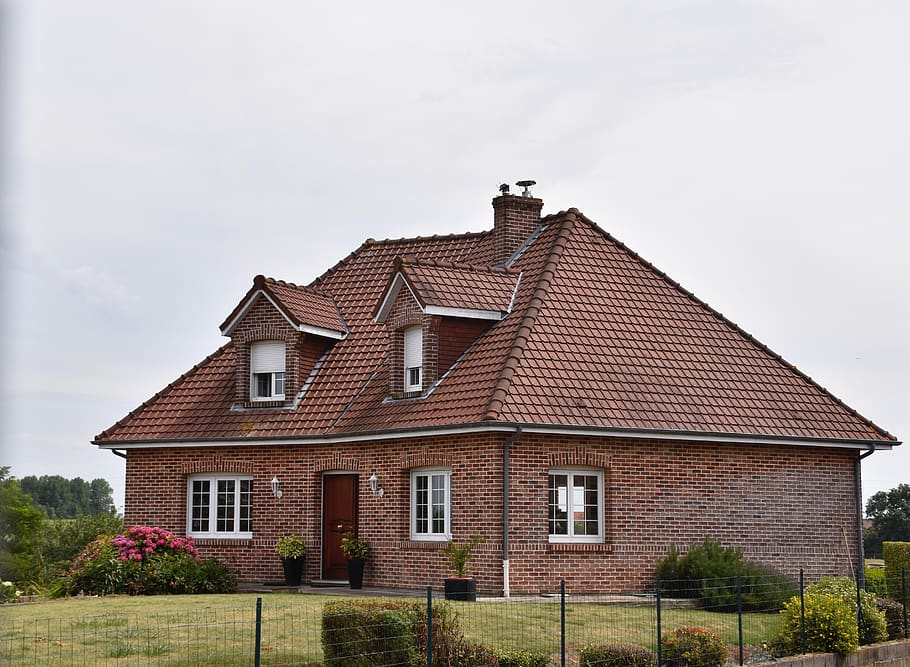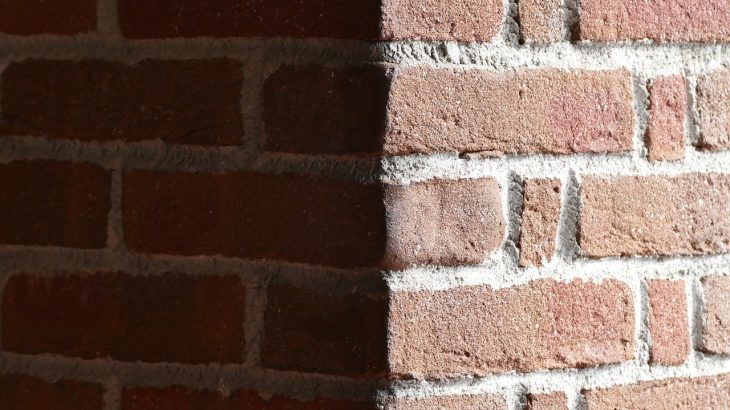What’s the Best Brick for Your House?
Hey there! If you’re planning to build your dream house, one crucial decision you’ll face is choosing the right brick. With so many options available, it can be overwhelming. But fret not! In this post, we’ll walk you through some of the best brick types for building a house. So, let’s dive in and explore the options together, while also addressing the prevalence of brick in American residential construction.
Are Bricks Commonly Used in American Homes?
In the United States, brick is commonly used as a construction material for houses, but it is not the predominant choice for residential construction. The most prevalent construction method in the U.S. involves wood-frame construction, where the primary structural framework is made of wood. This method is cost-effective, flexible, and allows for efficient construction.
Uses of Brick in Residential Construction
While brick is not as extensively used in residential construction as wood, it is still employed in various capacities. Brick is often used for exterior cladding, creating a visually appealing façade or accent walls. It adds a touch of durability, aesthetic appeal, and a sense of tradition to the overall design.
Brick Construction: Flourishing in Select Regions and Specific Building Types in the United States

In certain regions of the United States, such as the Northeast and parts of the Midwest, brick construction is more common due to factors like local architectural preferences, historical significance, and regional climate conditions. Additionally, for specific building types, such as commercial buildings, schools, or institutional structures, brick construction may be more prevalent due to its durability and fire-resistant properties.
It’s worth noting that the choice of construction materials depends on a variety of factors, including regional preferences, building codes, cost considerations, energy efficiency requirements, and architectural styles. Thus, while brick may not be the primary construction material for most American houses, it continues to be used selectively to enhance aesthetics, provide durability, and meet specific project needs.
Now, let’s have a look at the different varieties of brick.
Solid Brick: The Traditional, Authentic Red Brick
When you think of bricks, the image that likely comes to mind is the classic red brick. Solid bricks have been used for centuries and have a timeless appeal. They are made by firing clay in a kiln, resulting in a sturdy and durable construction material. Solid bricks offer excellent structural integrity and can withstand the test of time. Plus, their distinctive aesthetic can add a touch of charm to your home’s exterior.
Hollow Brick: The Most Popular Masonry Material
Next up, we have hollow bricks, which have gained popularity in recent years. As the name suggests, these bricks have hollow cores, making them lighter and easier to handle during construction. Hollow bricks offer improved thermal insulation properties, making your home more energy-efficient. Additionally, their hollow structure allows for better soundproofing, ensuring a quieter living environment. The affordability and ease of use make hollow bricks a top choice for many homeowners.
Monomur Brick: Queen of Insulation and Comfort
If energy efficiency and comfort are high on your priority list, monomur bricks might be the perfect fit for your house. Monomur bricks are single-leaf, large-sized bricks made from insulating materials like autoclaved aerated concrete (AAC) or clay. These bricks offer exceptional insulation properties, helping regulate indoor temperatures and reducing your energy consumption. Monomur bricks also provide excellent soundproofing and contribute to a comfortable living environment.
Refractory Brick: The Most Temperature-Resistant of All
For areas prone to high temperatures or fire hazards, such as fireplaces or industrial settings, refractory bricks are a must-have. These bricks are specially designed to withstand extreme heat without deteriorating. Made from materials like fire clay or silica, refractory bricks can handle temperatures that would cause other bricks to crack or crumble. Their exceptional heat resistance makes them an ideal choice for constructing fireplaces, kilns, and chimneys.
Facing Brick: The Best Asset for Your Facades and Decoration
Lastly, we have facing bricks, which are specifically crafted for their aesthetic appeal. These bricks come in various colors, textures, and patterns, allowing you to create visually striking facades and decorative elements. Whether you prefer a rustic, modern, or traditional look, facing bricks offer a wide range of options to suit your style. Additionally, facing bricks are durable and weather-resistant, ensuring that your home’s exterior remains beautiful for years to come.
Choosing the right brick for your house is an important decision that will impact its aesthetics, durability, and energy efficiency. Solid bricks provide a classic appeal, while hollow bricks offer practicality and ease of use. Monomur bricks excel in insulation, and refractory bricks are a must for high-temperature applications. Finally, facing bricks allow you to express your style while maintaining durability. Assess your needs, consult with professionals, and make an informed decision based on your priorities.
Remember, each brick type has its unique advantages, so consider your budget, climate, and design preferences. By selecting the best brick for your house, you’ll ensure a structurally sound, visually appealing, and comfortable home that stands the test of time. Happy brick hunting, and best of luck with your house-building journey!



















